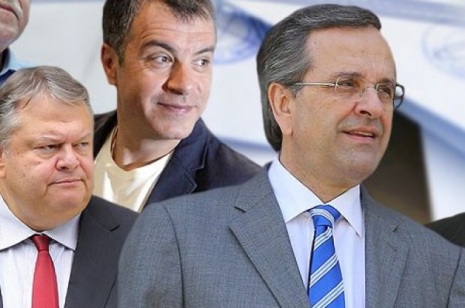Most recently, the tenders for two roadways connecting the bridge, which are currently being built, have been postponed for a third time.(Photo: Cihan)
Even though they have always occupied pride of place in election manifestos, the Justice and Development Party (AK Party) government’s mega projects, mostly based inIstanbul, have often failed to be developed on time, with some at a standstill and others showing only sluggish improvement.
Often touted as “crazy projects” by AK Party deputies, İstanbul’s mega projects have always been a matter of rhetoric and debate. While supporters of the government have unconditionally praised them, a considerable number of factions in the public have lambasted them due to exorbitant costs and their potential damage to the environment as the projects were mostly linked to construction.
The financing of the projects has been another cause of controversy among the public since the Treasury was authorized last year to bankroll certain investments that are carried out by the build-operate-transfer (BOT) and build-lease-transfer (BLT) models if their contractors fall into financial or logistical difficulties. Most of the AK Party’s mega projects have been carried out utilizing the BOT model. This has drawn the anger of many people, who say economically harmful projects are being paid for using public resources.
In the run-up to nine elections in Turkey over the past 13 years, government politicians frequently used the same phrase: “They, even in dreams, cannot attain what we have accomplished in real life,” implying that opposition parties had no vision to come up with development plans that AK Party policymakers were introducing during its long tenure.
Nevertheless, even the AK Party has failed to reach its own dreams as the party’s insistently promised and widely promoted projects have rarely come to fruition as of now.
While no grand opening for most of the projects currently looms on the horizon, some seem to have already been abandoned.
Among some of the major projects that have either come to a halt or been waiting for tenders are the İstanbul Finance Center (İFC), Kanal İstanbul, the third bridge over the Bosporus, a cable car line between Mecidiyeköy and the Çamlıca hills, a third airport northwest of İstanbul and an upgraded suburban train line that would link to the Marmaray train line.
Ambitious canal project on shaky ground
Even though it has prompted heated speculation in the real estate market ever since it was first unveiled in the run-up to the 2011 parliamentary election, the Kanal İstanbul project is among those that officials have failed to even lay a foundation stone for.
The supposed construction, planned as a 45-kilometer-long artificial canal on the European side of İstanbul connecting the Black Sea with the Sea of Marmara in a bid to speed-up shipping traffic in the Bosporus, Kanal İstanbul is meant to cover an area of some 38,500 hectares. With an estimated cost of between $5-6 billion, the project has been rebuked by all types of people for its cost and likely side-effects on the natural habitat.
Most recently, the authorization to sketch plans on the area was delegated from the Ministry of Environment and Urban Planning to the İstanbul Metropolitan Municipality.
Finance hub dreams hampered by delays
When announced in 2007, the İstanbul Finance Center (İFC) aimed to turn İstanbul’s Ataşehir district into a major financial hub and the city’s primary business district. Being one of the government’s showcase projects before every election, however, the project is currently moving at a snail’s pace.
Planned to be located in an area of 1.7 million square meters, the İFC was supposed to bring together the headquarters of all private and public lenders in the country along with other financial actors such as the stock exchange and banking regulators. With an estimated budget of some TL 5 billion, the İFC was expected to be completed in 2016, but that date was recently postponed to 2018.
In February, Ali Ağaoğlu, the contractor of the ongoing infrastructural work at the planned finance hub, said the government does not look after its own project, adding: “We continue working with enthusiasm, but unfortunately we can’t see this excitement on the government’s side.”
Third bridge in trouble with linking roads
İstanbul’s controversial third bridge, another delayed mega-project, has been problematic since its inception, as environmentalists argue it will devastate the forestland in the northern part of the city.
Most recently, the tenders for two roadways connecting the bridge, which are currently being built, have been postponed for a third time, according to an entry in the Official Gazette on Wednesday.
Unveiled in 2010, the bridge has already caused hundreds of thousands of trees to be felled. The bridge — set to traverse the Bosporus in the northern part of the city, linking Beykoz with the district of Sarıyer on the European side — will cost an estimated $6 billion. It was expected to be opened this October, but that planned inauguration date is likely to be missed as lawsuits against the project are being filed almost every day.
Second stage of Marmaray slows to halt
The second stage of construction on İstanbul’s Marmaray line, which links the city’s Asian and European sides via an undersea commuter train line, seems to have ground to a halt due to increased costs.
In a ceremony in October 2013, the government put the first phase of the Marmaray in service, enabling İstanbulites to travel through a 13.6-kilometer-long railway without changing trains between Ayrılık Çeşmesi on the Asian side and Kazlıçeşme on the European one.
However, the contractor has slowed down work on the next phase, citing an increase in the construction costs last year.
Besides the 13.6-kilometer-long line, the project includes an upgrade of 63 kilometers of suburban train lines to create a 76.3-kilometer line between Gebze, a town east of İstanbul, and Halkalı, a neighborhood to the west of İstanbul. The opening of the second stage that was planned for this month is currently on hold.
World’s largest airport stalled by court decision
Another highly controversial infrastructure project being built on İstanbul’s northern Black Sea coast is İstanbul’s third airport, which is expected to be the world’s largest.
First announced during an election campaign in May 2012, the airport is being constructed to relieve congestion at İstanbul Atatürk Airport. Tendered for 22 million euros in 2013, the project has been criticized for being detrimental to the environment because the site is in a forested area and hundreds of thousands of trees are expected to be cut down to make way for the new airport.
This month, the Council of State issued a stay on a Cabinet decision to immediately expropriate a tract of land approximately the size of 20,000 football fields to be used for the third airport, leaving the project at a standstill. However, a day after the court verdict, Russia’s Sberbank agreed to lend the Turkish ground operator $567 million to finance the airport’s construction.
Cable car line over Bosporus fizzles out
İstanbul Mayor Kadir Topbaş in 2012 heralded the construction of a cable car line, which would bridge the central district of Mecidiyeköy on the European side to the Çamlıca hills on the Asian side over the Bosporus, as part of a project to improve public transportation.
Three years have passed since the announcement, and no steps have been taken to advance the project apart from Topbaş’s Twitter posts citing it in the run-up to last year’s local elections.
Plans to restore historic Haydarpaşa station blocked
An announcement was made in 2012 that İstanbul’s century-old Haydarpaşa train station, whose roof caught fire in 2010, would be renovated and transformed into a cultural center.
Mayor Topbaş also said at the time that “the station will no longer serve as a station. We will use it as an accommodation service,” suggesting plans to also turn the iconic station into a hotel.
The project has been widely criticized by İstanbulites, who consider it as a profit-seeking investment in the construction sector.
In September of last year, the Kadıköy Municipality refused to grant approval to the project.
‘Eiffel Tower’ on Çamlıca hills hit by tender delays
The tender for the construction of a huge tower on the Çamlıca hills to bring together all the transmitters now scattered over the hills was canceled by the ministry, which said the winner of the 2014 tender was missing documents.
Unveiled in 2009, the tower was supposed to be “Turkey’s Eiffel Tower.”
In 2011, the İstanbul Metropolitan Municipality held a design contest for the tower and then-Prime Minister Recep Tayyip Erdoğan chose the design of the contestant who came in third place.
The current state of the project remains uncertain.
Europe’s largest hospital delayed for 3 years
In 2012, a hospital project in İstanbul’s Sancaktepe neighborhood was planned to be Europe’s largest in terms of bed capacity. Designated to be a medical hub, the hospital was to open a few years after the inception. However, there has been no groundbreaking since the project was announced.
Sancaktepe Mayor İsmail Erdem told reporters in May that construction would begin by the end of this year.
FURKAN DEMİRDÖVEN / ISTANBUL
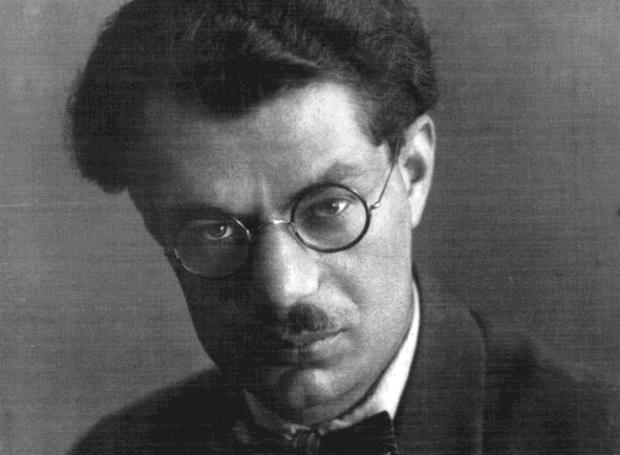
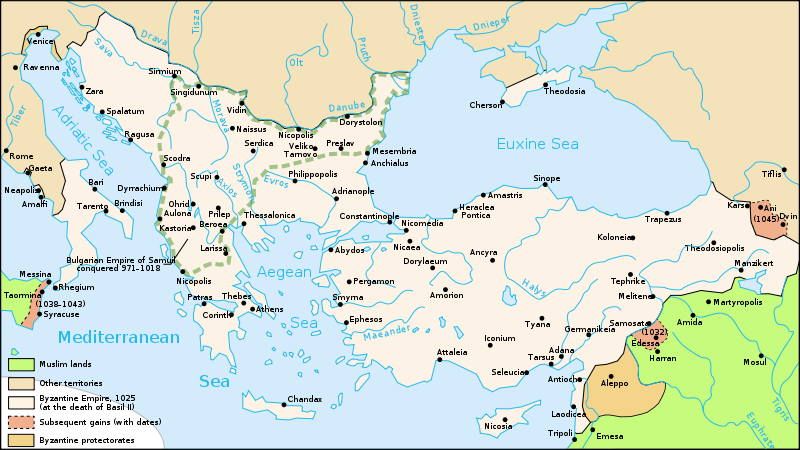
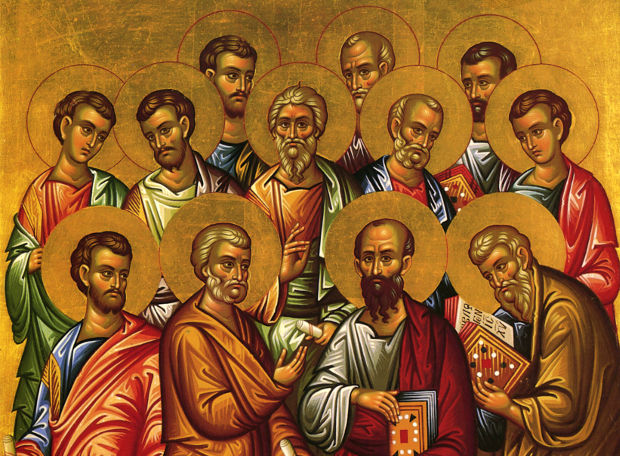
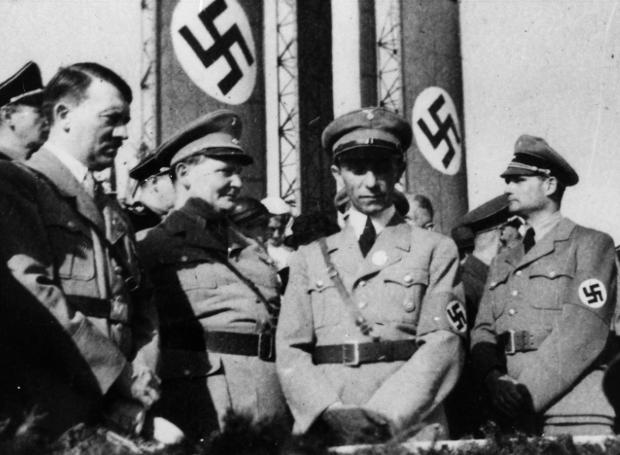

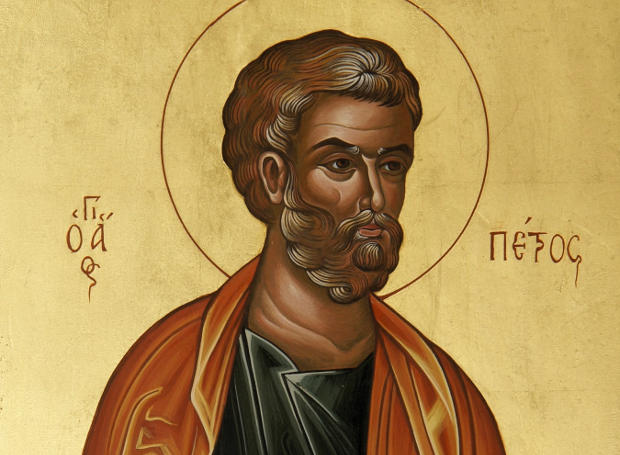
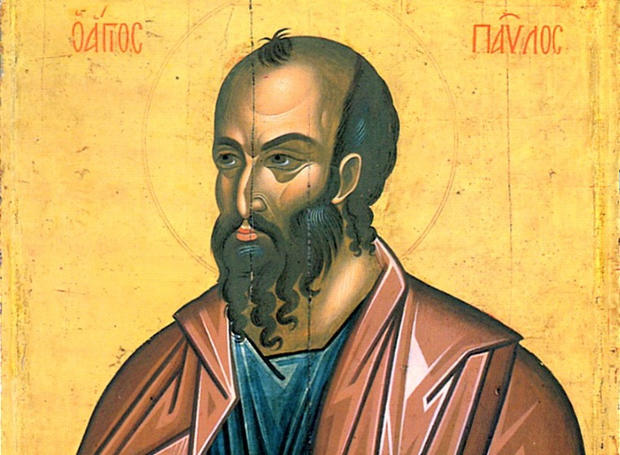

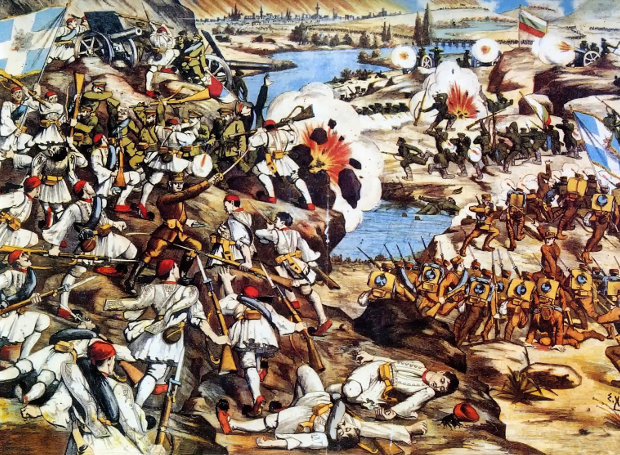 “Η μεγάλη μάχη των Σερρών”, λιθογραφία του Σ. Χρηστίδη.
“Η μεγάλη μάχη των Σερρών”, λιθογραφία του Σ. Χρηστίδη.